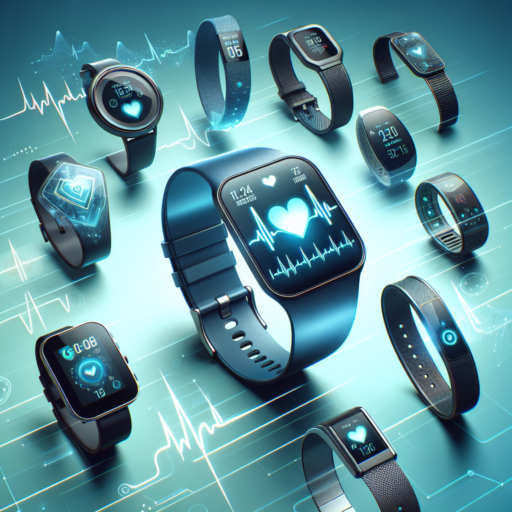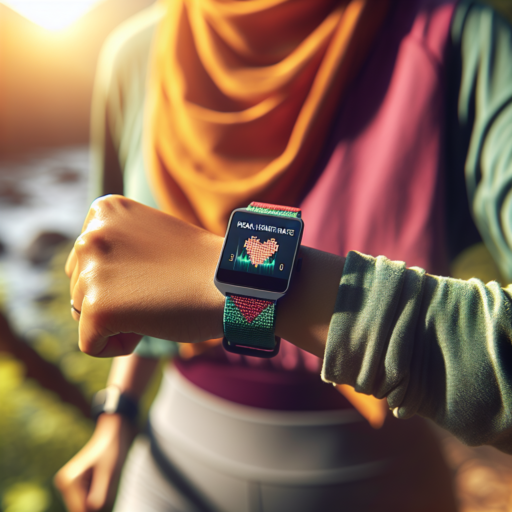Is a wrist heart rate monitor accurate?
When it comes to tracking your heart rate, wrist heart rate monitors are a popular and convenient choice for many fitness enthusiasts and health-conscious individuals. These devices, typically worn like a watch, use optical sensors to detect your pulse through the skin. But how reliable are they?
The accuracy of wrist heart rate monitors can vary based on several factors. First, the technology itself plays a significant role. Most modern devices use advanced algorithms and improved sensor technology to offer readings that are remarkably close to those of traditional chest straps, especially for activities like running or cycling. However, their performance might be less reliable during activities with irregular or rapid arm movements, such as boxing or playing the drums.
Another key factor impacting the accuracy of wrist heart rate monitors is the fit and placement on the wrist. For optimal readings, the device should be worn snugly above the wrist bone. Too loose, and it might not maintain consistent contact with your skin, leading to erratic readings. Conversely, wearing it too tight could restrict blood flow, equally skewing the results. Moreover, factors such as skin tone, tattoos, and even hair density can affect the sensor’s ability to accurately read your heart rate.
How can I make my wrist heart rate monitor more accurate?
Making your wrist heart rate monitor more accurate involves a few simple but crucial steps that ensure the data you receive is both reliable and useful for your fitness goals. Here are some key strategies to enhance the accuracy of your heart rate readings.
Ensure Proper Placement and Tightness
One of the most fundamental aspects of improving the accuracy of your wrist heart rate monitor is how it’s worn. The device should sit snugly above your wrist bone, tight enough to prevent it from moving around but not so tight that it hampers blood circulation. A common mistake is wearing the device too loosely, which can result in light leakage under the sensor, affecting the heart rate signal. Make it a habit to check the fit before starting your activity to ensure consistent and accurate readings.
Maintain Clean Sensors
Keeping the sensors on your wrist heart rate monitor clean is essential. Sweat, dirt, and oils from your skin can accumulate on the sensor, significantly impacting its ability to accurately read your heart rate. Clean the sensor with a soft, damp cloth regularly, avoiding harsh cleaning agents that could damage the device. This simple maintenance step can go a long way in ensuring the data from your sessions is as accurate as possible.
Update Your Device Regularly
Manufacturers often release firmware updates for their devices, which can include improvements to the accuracy of heart rate monitoring. Ensuring your wrist heart rate monitor is up to date with the latest firmware is crucial. These updates can enhance the algorithm used to interpret heart rate data, leading to more accurate readings. Check the manufacturer’s website or the companion app for your device to see if any updates are available and install them promptly.
What is the most reliable wrist heart rate monitor?
Deciding on the most reliable wrist heart rate monitor poses a challenge due to the wide array of options available in the market. Yet, a few contenders consistently emerge at the top in terms of accuracy, durability, and user feedback. One such device that frequently receives acclaim is the Garmin Forerunner series. Known for their precision and advanced features, these monitors offer users detailed heart rate data that rivals clinical-grade equipment.
Another standout is the Apple Watch, particularly for those already entrenched in the Apple ecosystem. It not only provides accurate heart rate readings but also integrates seamlessly with other health metrics, offering a comprehensive wellness tracking system. Its proprietary sensor technology and algorithm work together to deliver reliable heart rate data, making it a favorite among fitness enthusiasts and health-conscious individuals alike.
When considering the most reliable wrist heart rate monitor, it is crucial to examine the sensor technology and the feedback from extensive user experiences. Devices like the Fitbit Charge series also deserve mention for their consistent performance and improvement over generations. With Fitbit’s continuous innovation in health tracking, these devices offer a balance of reliability and user-friendly features, ensuring that your heart rate data is both accurate and easily interpretable.
No se han encontrado productos.
Are wearables HR accurate?
The accuracy of heart rate (HR) measurements by wearables has been a topic of interest among health enthusiasts and professionals alike. With a wide range of devices available on the market, from fitness trackers to smartwatches, understanding their precision in monitoring heart rate is crucial. These devices use photoplethysmography (PPG) technology, which involves light-based sensors to measure the blood volume changes in your wrist and calculate your heart rate. However, several factors can impact the accuracy of these readings.
Factors Influencing HR Accuracy in Wearables
Firstly, the fit of the device plays a significant role. A wearable that is too loose may result in erratic readings, while one that is too tight can restrict blood flow, leading to inaccurate measurements. Activity type also impacts HR accuracy. Wearables tend to provide more accurate readings during steady-state exercises, like running or cycling, and less accuracy during activities involving irregular movements, such as boxing or weightlifting. Additionally, skin tone, tattoos, and even the level of hair on your wrist can affect the light’s penetration, influencing the data’s precision.
In light of these factors, manufacturers continually work on improving algorithms and sensor technology to enhance the accuracy of their wearables. It’s not just about the hardware; software updates can significantly refine how data is processed and interpreted. Despite these advancements, it’s essential to recognize that wearables, at their best, are tools for lifestyle and fitness tracking rather than clinical-grade health monitoring devices.




